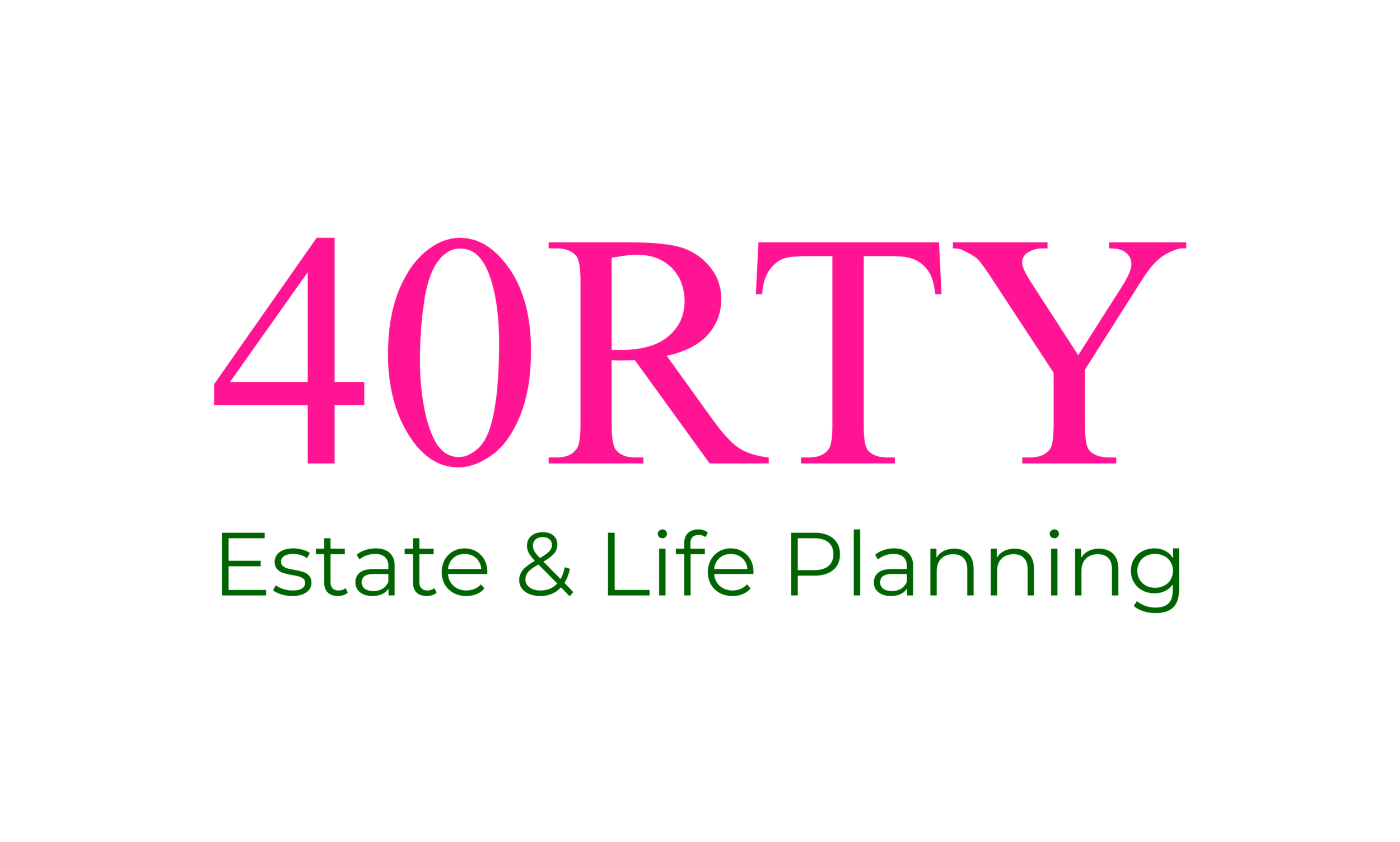Recognising Tenancy in Common
English Law recognises two forms of beneficial ownership, joint tenancy and tenancy in common. When I explain their meanings, differences and how each type impacts one’s choices within a Will, a common question is: Jules, how can I recognise if my/our property is held as tenants in common? It’s a very good question and one the conveyancer who handled the property purchase should be able to answer. But it’s also nice to know oneself.
Property Ownership - Summary
Where property is owned as beneficial joint tenants, each owner can only have equal interests. Moreover, when one owner dies, their share automatically passes to the surviving co-owner(s), irrespective of directions in your Will, or even more tenuous, verbal and written promises. In essence, the property will not form part of your estate (save for inheritance tax purposes, you won’t be surprised to hear).
Beneficial Tenants in common indicates that one owns a specific share of a property. That share does not necessarily have to be equal to that of the co-owner(s). And the best part is the freedom this allows; you can give your share away, sell or mortgage it. Tenants in common thus allows testamentary freedom with regard to your share of the property and thus, it’s inclusion in your Will; when you die, it can pass to your choice of beneficiary as specified in your Will.
the title deed - where to look and what to look for
Tenants in common is identified by an entry on the HM Land Register register of title, (which you should have a copy of), in the section titled B: Proprietorship Register. This entry is known as a Form A restriction and will be worded as follows:
Form A restriction: No disposition by a sole proprietor of the registered estate (except a trust corporation) under which capital money arises is to be registered unless authorised by an order of the court.
The purpose of the restriction is prevention and it also serves notice.
Prevention: it ensures that on the death of an owner, a property cannot automatically be sold by the survivor(s) on their own as this could override the rights of the beneficiaries of the deceased. A replacement trustee (known as the legal joint tenant) needs to be appointed alongside the surviving owner(s) to act on behalf of the deceased and be a party to any transfer of title ; and
Notice: a Form A restriction alerts interested parties to the existence of the tenancy in common and that there will be a need to pay the purchase monies to all co-owners
A tenancy in common ends when either:
the sale of the property (with all the shares) to someone else; or
conversion of the ownership to a beneficial joint tenancy; or
one owner acquires all the shares in the property
I hope this provides an understandable explanation.
CONTACT 40RTY
It is always important to review your circumstances as family life evolves and when cultural, political and tax legislation changes occur. Keep up to date with developments and seek expert advice from firms like 40RTY.
Estate Planning is an integral part of our service. As well as minimising the effects of IHT, many families wish to ensure the preservation of their wealth through several generations by making provision for children, whilst also considering events such as divorce, bankruptcy and accounting for later-life care.
Contact Jules for more information: julesj@40RTY.co.uk - 07184 838 660

